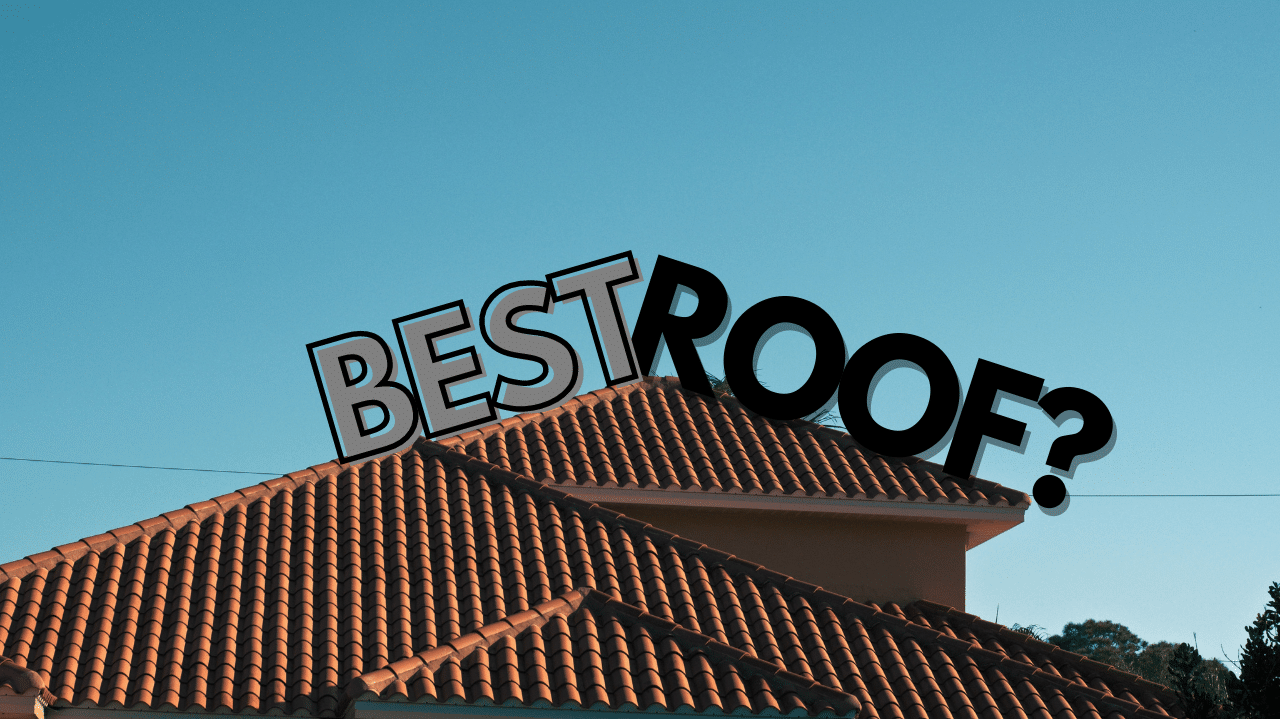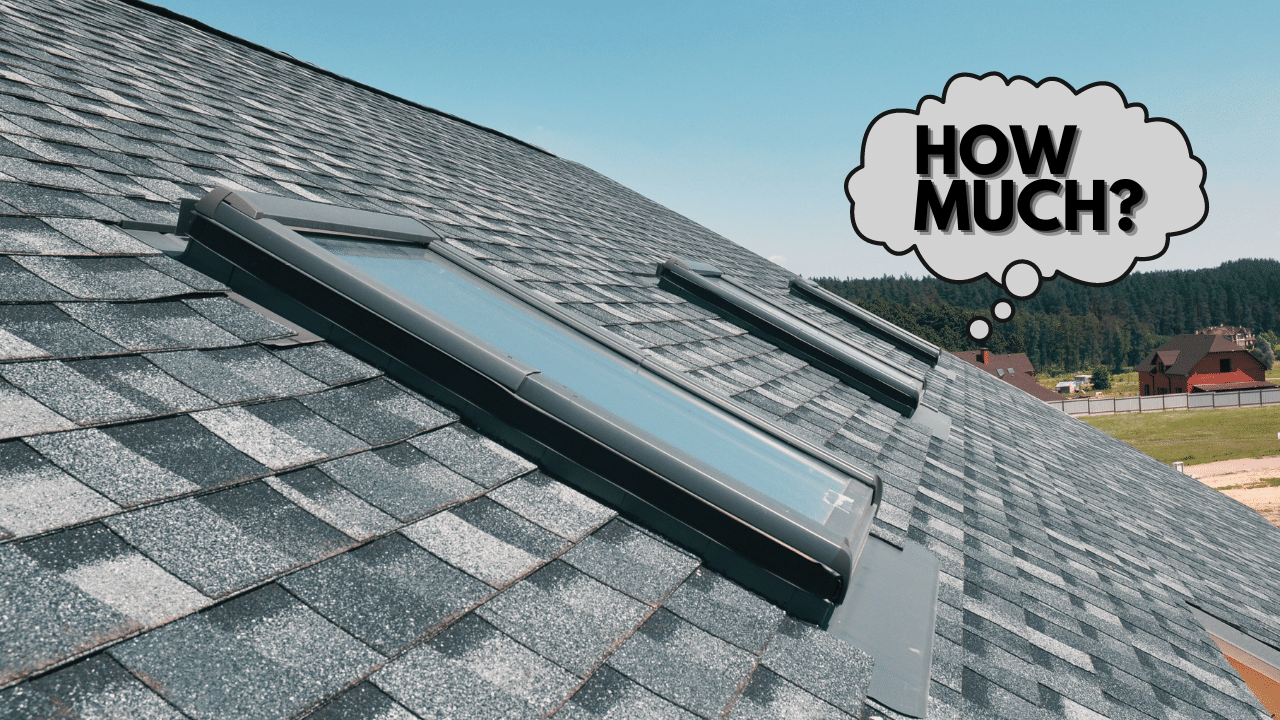Whilst we are all aware that a roof cannot last forever, it can sometimes be difficult to navigate the life expectancy of a roof as a homeowner. This is especially true in a hot and humid climate like Florida where extreme weather conditions can alter the lifespan of a roof.
In general, the average life expectancy of a roof in Florida is anywhere between 15 and 30 years. This estimation can vary depending on many different factors, such as the materials used, how well they are installed and the quality of the product. Tile roofs typically last much longer than shingle roofs.
When selecting which roof material is best for you, there are several different factors that should be considered. In this article we’ll investigate the lifespan of a roof in the Florida area, what factors affect it and how to extend the product life cycle.
Read on to gather all of the relevant information you need to understand the lifespan of a roof in Florida and the factors affecting it.
What are the Roofing Laws in Florida?
It is perhaps worth mentioning the legalities surrounding roofing in Florida as it can be useful to be aware of these laws as a homeowner.
Florida law requires all roofing work to be carried out by a licensed professional contractor and any work carried out by an unlicensed contractor as a way to cut corners and save some cash can ultimately result in a fine of up to $5,000 dollars.
The state of Florida takes their roofing laws very seriously due to the health and safety concerns associated with it, so it’s best not to try to take any short cuts and get it done by a licensed contractor.
What is the Best Roof to Have in Florida?
There is not one right answer to this question as it is a highly personal decision. This section will outline some of the options available to you if you are trying to decide which roof material is best suited to your needs.

Shingles are the most common type of material used for roofs in Florida. Shingles are favored in Florida due to their relatively good performance and low cost.
Asphalt shingles usually come with a 20 to 30–year warranty. However, in Florida their average lifespan is much shorter, usually about 15 to 20 years for premium quality shingles and just 10 to 12 years for standard 3-tab shingles.
In comparison, tile roofs typically last much longer in Florida, with the lifespan ranging from around 25 to 50 years – and even 100 years in some cases. If they are maintained and cared for well, there is evidence to suggest they could even last beyond 50 years. Once installed properly, they are incredibly effective at withstanding UV exposure from the sun, salt spray damage from the ocean and high winds.
Factors Affecting Roof Aging in Florida
It should be known that there are several key factors that may accelerate roof aging in Florida. These are outlined below:
How to Extend the Life Expectancy of Your Roof in Florida
In order to combat the factors outlined above that can increase the likelihood of your roof prematurely aging, there are a few tips that can be used to extend the life of your roof:
When should I Replace my Roof in Florida?
When it comes to replacing your roof, there are some tell-tale signs that it’s time to get a replacement. We’ll discuss some of these signs that should be looked out for below:
How Much does a New Roof Cost in Florida?
Homeowners will know that one of the biggest investments that can be made for a home, is purchasing a structurally sound and reliable roof.
The overall cost of a replacement roof is dependent on several factors, such as the size of the house and the type of material used. (Related article: Roof Replacement Cost Guide: How Much Does a New Roof Cost?)

Homeowners can therefore expect to pay roughly between $4,700 and $10,000 for a replacement roof in Florida, with varying degrees of cost.
If asphalt shingles are used, their cost is roughly $100 to $500 per square foot and are typically considered the most affordable option for replacement roofs. Their lifespan is only 15 years on average, so they may not be as economically smart in the long run.
By comparison, a tile roof will cost anywhere from $4,000 to $8,000 per square foot to replace. However, the lifespan of the roof is significantly improved if tiles are utilized (50+ years), making it potentially a more economically wise choice in the long run.
Final Thoughts
In this article, we’ve addressed how long a roof lasts in Florida. It was found that, on average, a roof in Florida lasts between 15 and 30 years – depending on the type of material used and how well it is maintained.
Although asphalt shingles are the most common type of roofing material in Florida – due to their low cost and reliability – tiles may be a more economically smart option. Tiles have a lifespan of 25 to 50 years at least if installed well and taken care of properly, compared to just 15 years for shingles.
We discussed the various factors affecting the lifespan of a roof, how to extend the lifespan of your roof and how to tell when it’s time to replace the roof. When it comes to replacing a roof, you can expect it to cost roughly between $4,700 and $10,000, so the materials used should be carefully considered.
